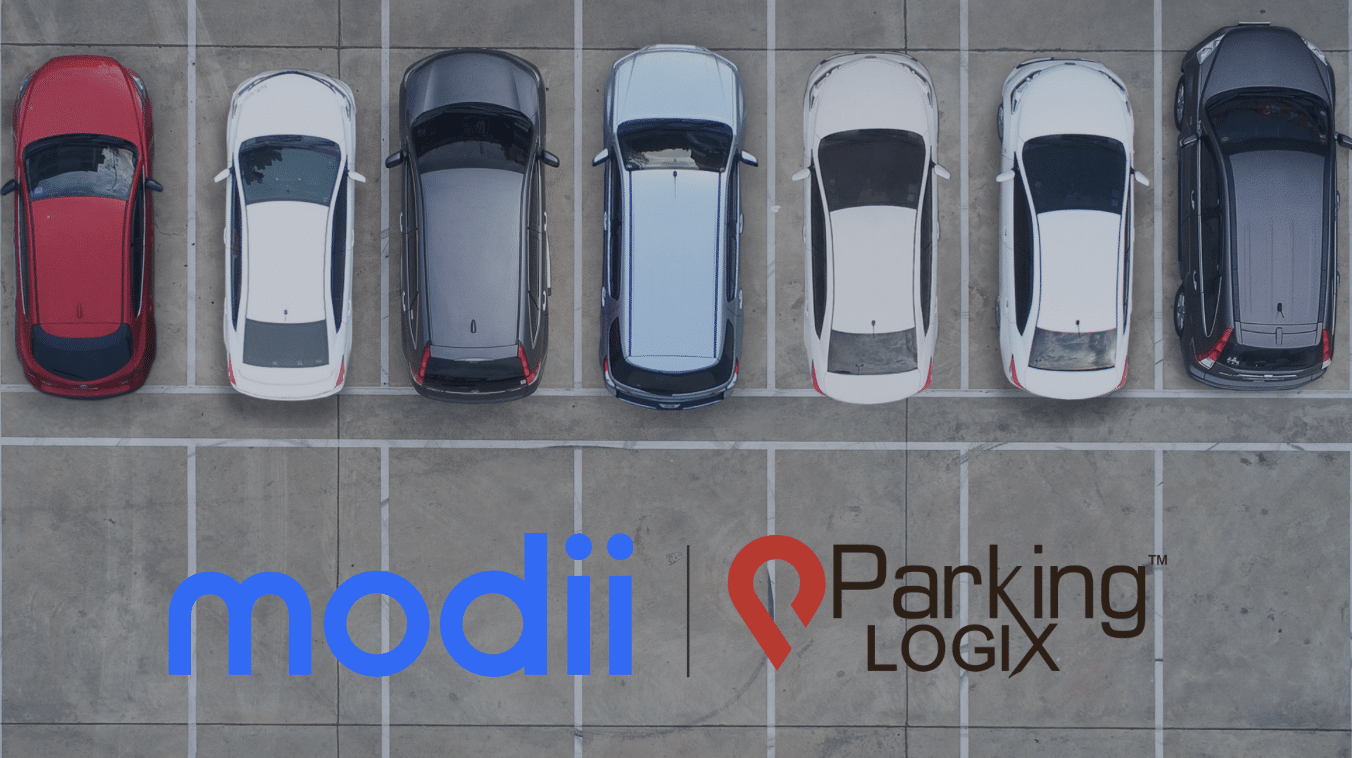
Home » The Green Impact » The Green Impact
The Green Impact
Driving Down Emissions, Doubling Down on Sustainability
stock.adobe.com / Irina Strelnikova
How shared mobility is leading the charge to a more sustainable future.
Shared-use mobility services are playing an increasingly significant role in urban transportation and mobility trends. A shift in consumer attitudes is rapidly moving mobility paradigms away from ownership and towards access. Shared mobility options that complement public transportation, like car sharing or micro-mobility, make it easier to live without a car.
Today roughly one billion cars sit unused for 22 hours each day, wasting about 30 billion car hours. When not in use, they are just taking up space, and when they are in use many are older, inefficiently using up resources for a longer period of time, and have proven to be detrimental to the environment.
When cars are shared, there aren’t as many on the road, which means fewer accidents, reduced traffic, and more efficient use of public space. Carsharing, paired with other shared modes like bikes and scooters, modernizes mobility by allowing people to connect multiple forms of efficient transportation for any type of trip.
Opening up the road
According to a study by the University of California, Berkeley, every car used for carsharing means about 10 fewer cars on the road. With over one billion cars in the world today, using even just 1% of those for carsharing would mean 100 million fewer cars on the road across the world. Plus, a user survey in conjunction with San Francisco Municipal Transportation Agency showed one out of 10 carshare users sold or donated a car since joining, and over nine out of 10 carshare users report using their personal car or rideshare the same or less since joining.
Providing access to a variety of shared modes in our cities can help take cars off the road, ultimately reducing traffic, saving us time, and freeing up valuable space at the curb.
Clearing the air
Shared mobility also means reduced greenhouse gas emissions. 100 million fewer cars on the road would mean roughly one trillion pounds of CO2 emissions prevented from entering the atmosphere.
A 2020 study conducted by Leiden University found that, in three international markets where carsharing had been introduced (The Netherlands, the San Francisco Bay Area, and Calgary), mobility-related greenhouse gas emissions saw a significant decline—from 67% to as low as 3%—when compared to previous impact assessments measured before the proliferation of car sharing. And, a new paper in the urban policy journal, “Cities,” says bike share users in New York City saved 493 tons of emissions over four years.
Studies like this one from the University of California, Berkeley, show that switching from individual car ownership to carsharing as the primary mode of transportation can reduce a single household’s carbon footprint by up to 40%.
Not-so-free parking
The typical personal-use car actually sits unused for 95% of its lifetime, meaning most cars are not out on the road, but parked—and taking up valuable space in our cities, both along the curb and in sprawling and multiplying parking structures all around the world.
It has been estimated that, in the United States alone, there are up to two billion parking spots for these mostly dormant vehicles. This is all valuable real estate and critical urban land that could instead be devoted to housing, walkable small business, or green space within cities all around the world.
But, to begin reusing all that space, the cars that are currently occupying it need to be shared, used, and driven—spending more time on the road and less time idle. Shared vehicles, in combination with shared bikes and scooters, can provide convenient access without ownership. By linking shared modes and heightening their connectivity, we can increase resource utility without physically increasing resources, making the way we all get around more efficient, accessible, and sustainable.
The same increase in utility can be applied to a city’s parking supply. With greater utilization of vehicles, a higher turnover of parking spaces at the curb and in off-street lots or garages is more likely. The parking industry can adapt to this change by shifting to parking rates that enable a higher turnover of vehicles [e.g., monthly to daily rates or daily to hourly].
That new car smell
Another way that shared mobility can help to reduce greenhouse gas emissions is what one study in Vancouver has dubbed the “New Car Factor:” Higher utilization rates for all cars mean that cars are retired faster as their “useful” miles are consumed more quickly. As these older cars reach the end of their life faster, this allows for a more rapid introduction (and proliferation) of more efficient vehicles, including electric vehicles and hybrids.
Shared transportation can lead to fewer older, emissions-heavy, less fuel-efficient car models on the road, as owners would replace a shared car much sooner than they would one for personal use only.
This shift to shared mobility, and the idea of access over ownership, as commonplace in our cities will open up the road, benefit air quality, and support the parking industry in developing strategies that accommodate a shared future! ◆
Rachel Antelmi is Government Partnerships Coordinator at Getaround.
-
Rachel Antelmihttps://parking-mobility-magazine.org/author/rachel-antelmi/August 2, 2023


Modii and Parking Logix Announce Omni Channel Availability “Know Before You Go!”
Home / IPMI & Member News / Modii and Parking

EnSight Technologies Selected by City of Fort Pierce to Provide Parking Guidance Technology
Home / IPMI & Member News/ EnSight Technologies Selected by







